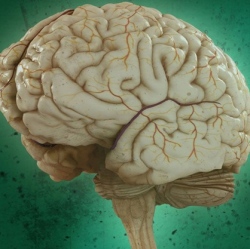
Parkinson’s disease is a degenerative disease affecting the central nervous system. The condition is triggered by aggregates that lead to loss of nerve cells. Symptoms include hand shaking or difficulty walking. The drug is based on one of the chemical features of Parkinson’s, that people with the disease lack dopamine in the brain.
Dopamine is a chemical messenger that is needed for nerve cells to communicate with each other. It is therefore essential for controlled body movements. Where levels are low, this leads to the characteristic shaking and mobility problems associated with the disease.
The new nanotech drug works, according to the research note, by effectively delivering dopamine to the brain. The trick is doing so in a way that maintains the integrity of the blood-brain barrier (which avoids pathogens reaching the brain.) The trick, the studies on rats indicate, is to combine dopamine with biodegradable nanoparticles.
These particles can effectively cross the blood-brain barrier and release the drug without leading to infection or triggering side-effects. With the success of trials, further studies will be carried out with primates. Eventually a drug delivery system suitable for use with people could be created and put into use.
